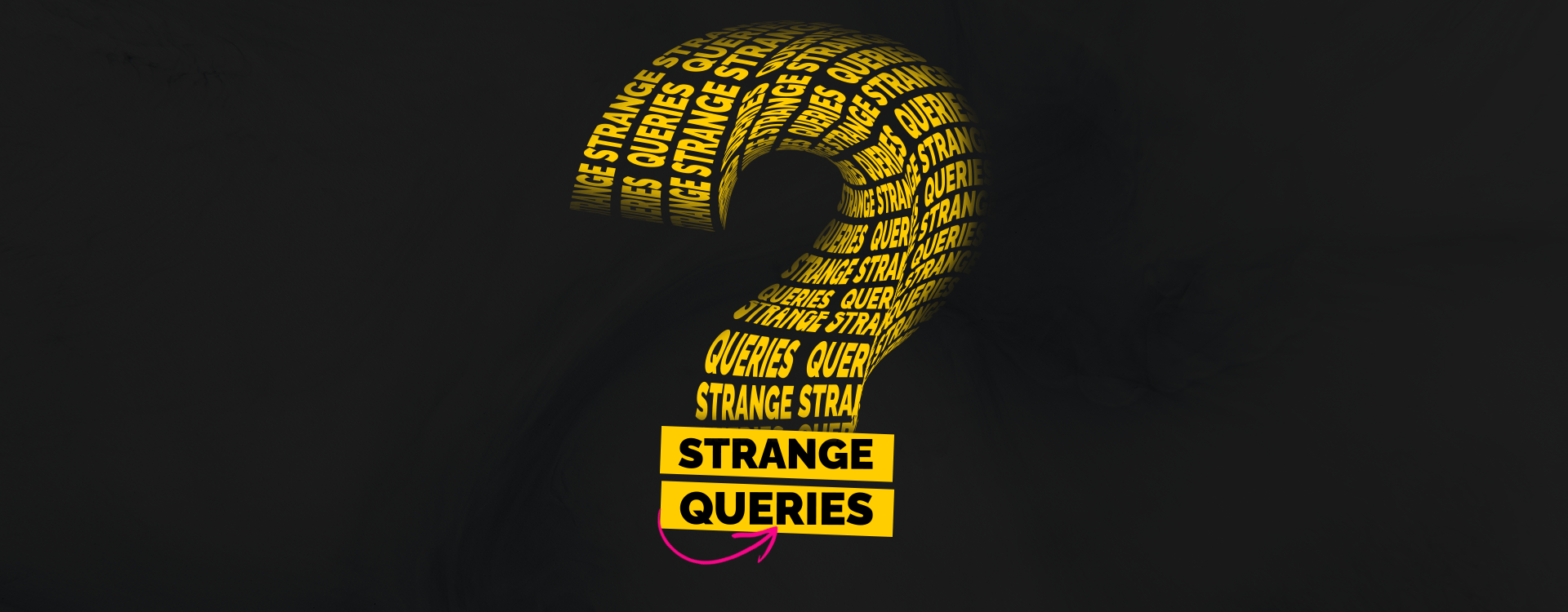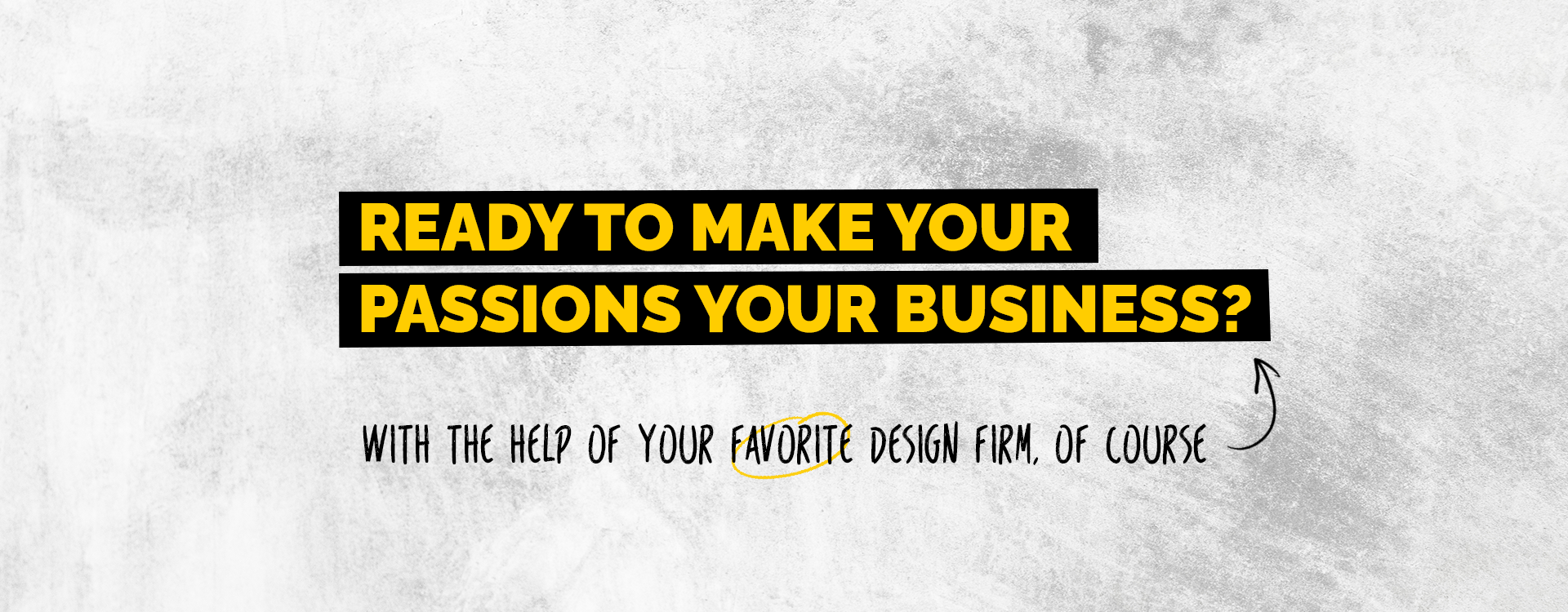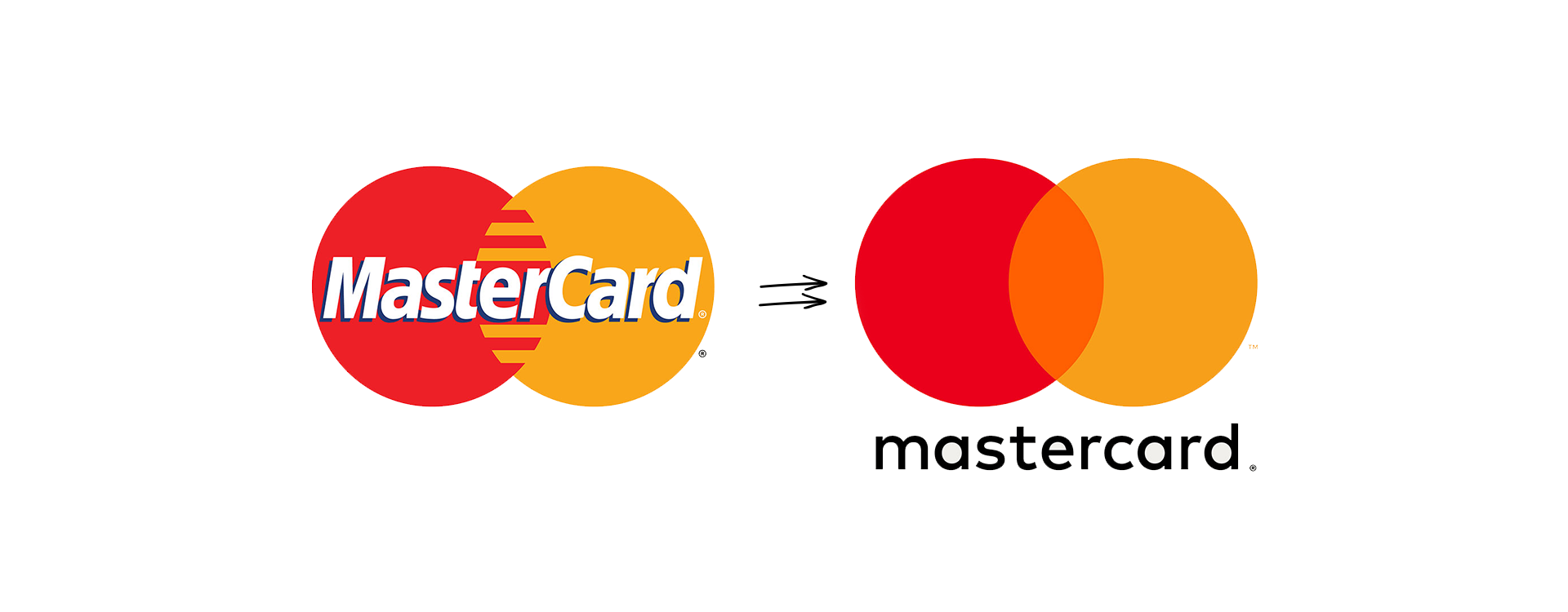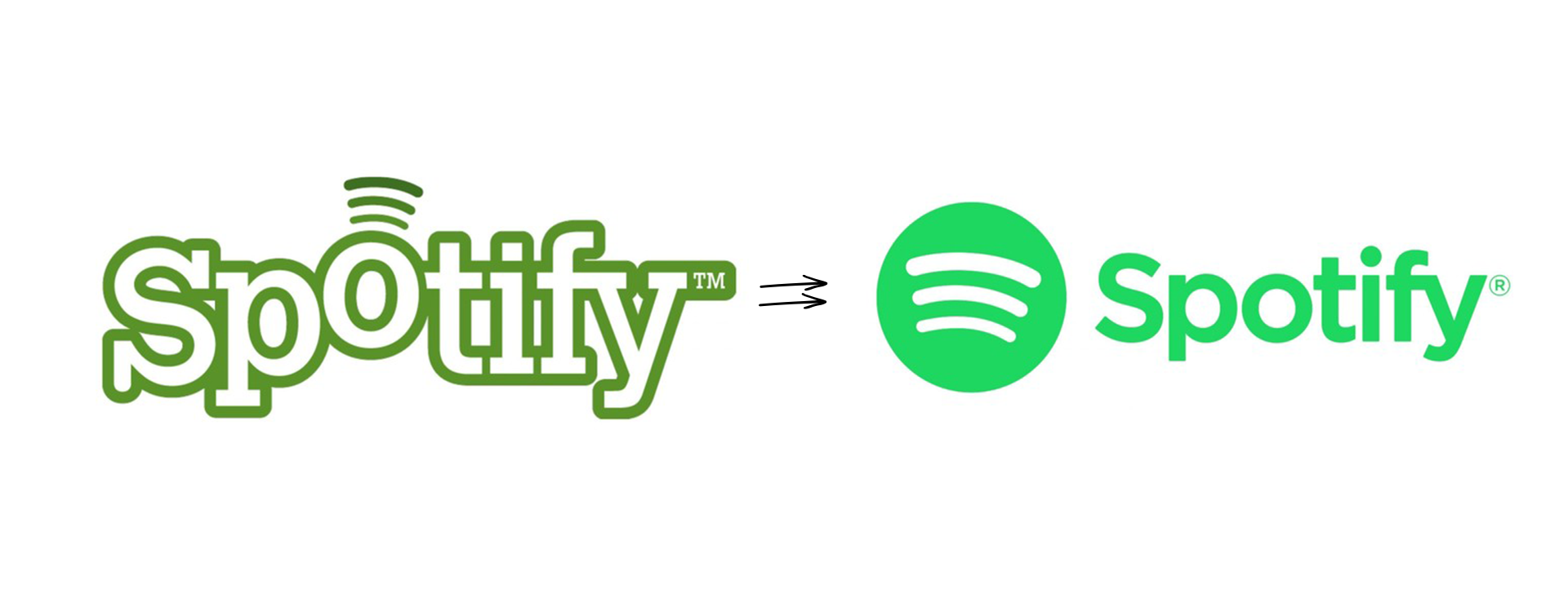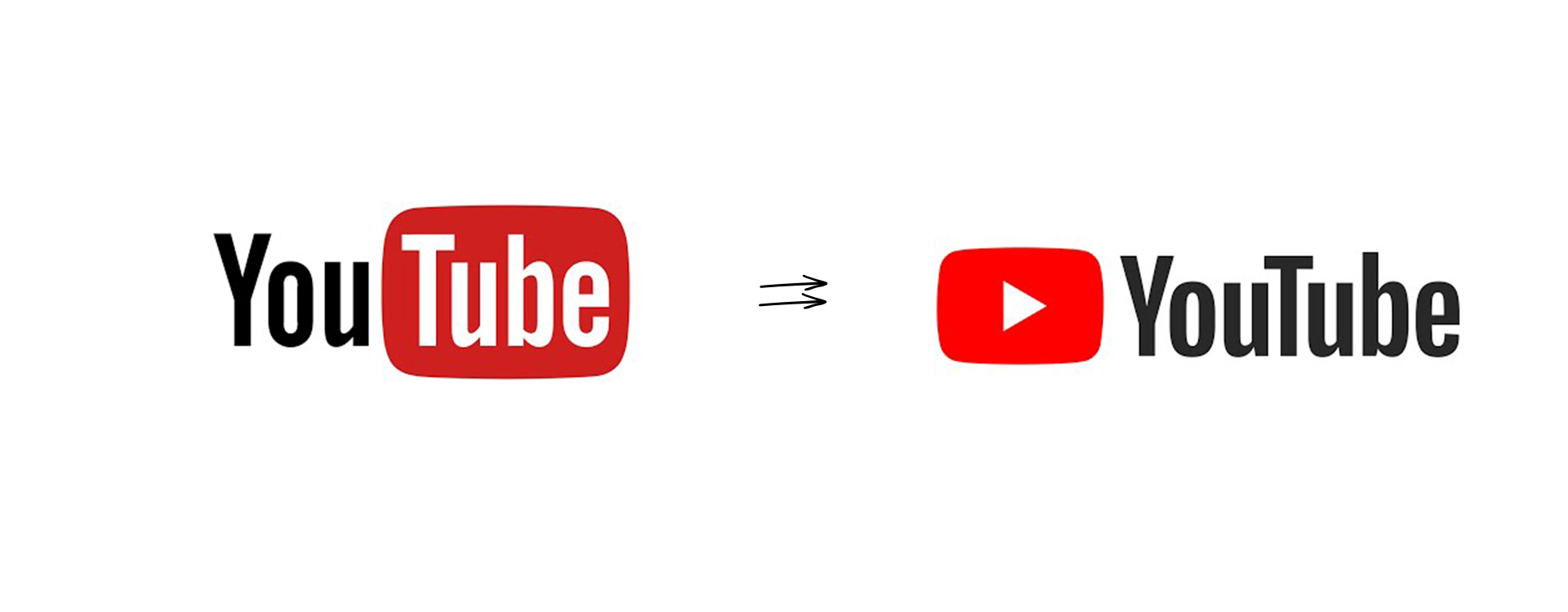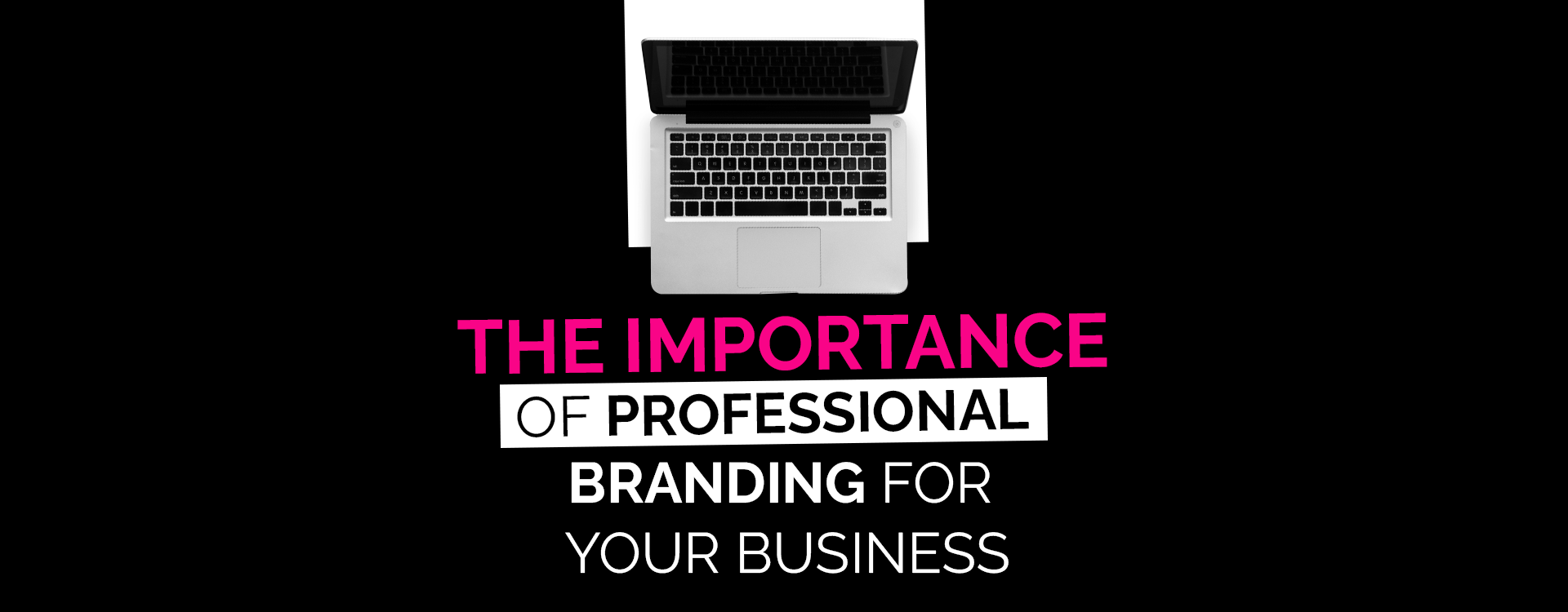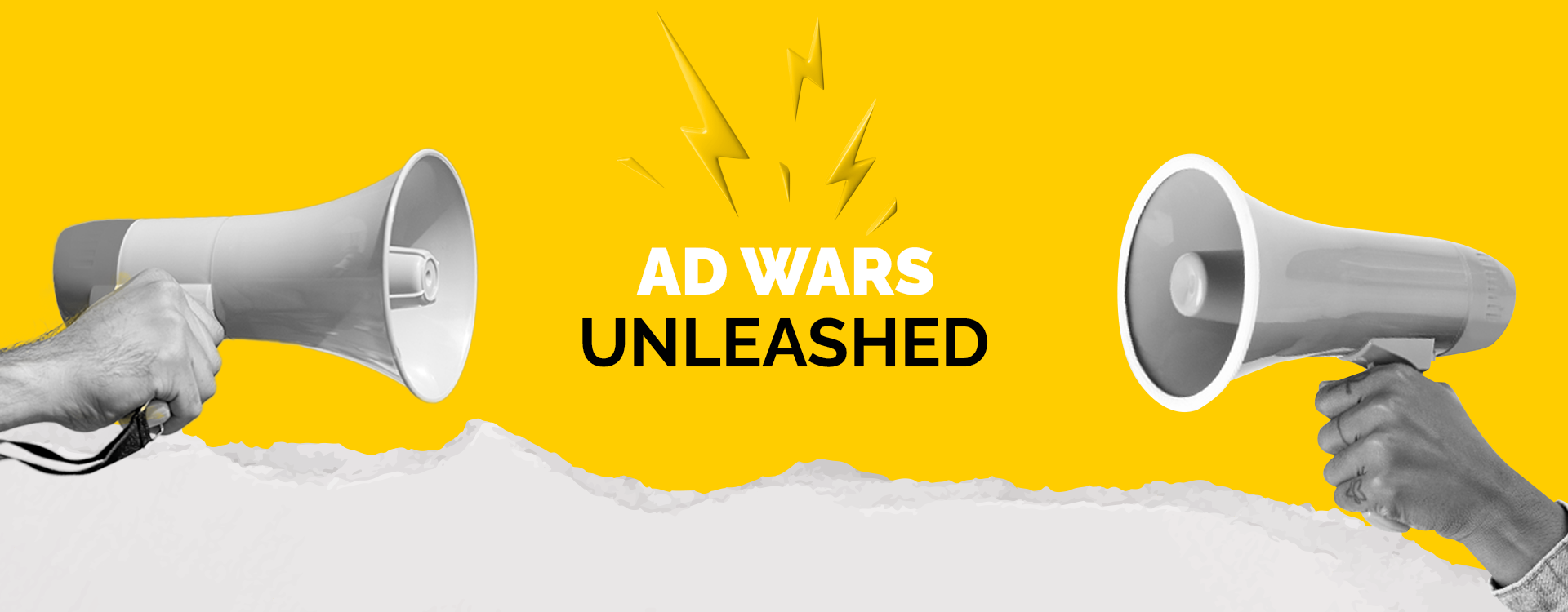You’re sick of feeling like you’re squandering your gifts.
You’re tired of making somebody else their money.
And you know you’ve got talent and a true passion and a dream.
You might even feel like your whole life has led you to this point, and it’s time to really go for something. You’ve had an amazing idea knocking around in your brain for years now. You’re finally ready to turn one of your life’s passions into a thriving business.
You’re probably feeling excitement (we’re excited for you too!) and a good deal of apprehension. Where do you begin? How do you create a business from the ground up and find success?
Well, because La Mesa just so happens to be a creative online branding agency in Dubai, we’ve got some insights for you beginning with this:
You don’t have to do it alone!
Read on for our breakdown of how to turn your passion into your business.
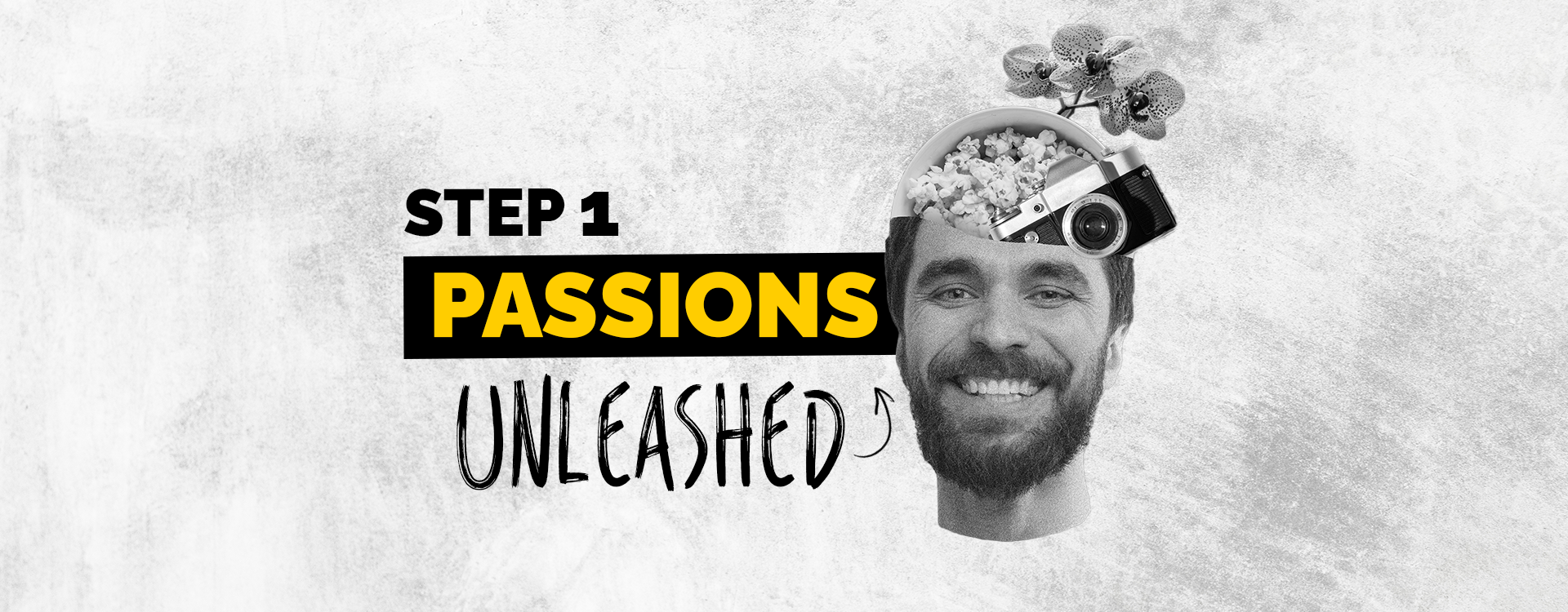
To fully understand your business goals, first you’ve gotta understand where your passions can lead you. What drives you? What brings you joy? What could you do every single day and never get tired of? You probably already know the answers to these questions, but it’s important to have them written down in front of you. This clear view of your passions is the foundation upon which you’ll be building your business. It’s also a helpful reminder of why you got involved in your business in the first place.
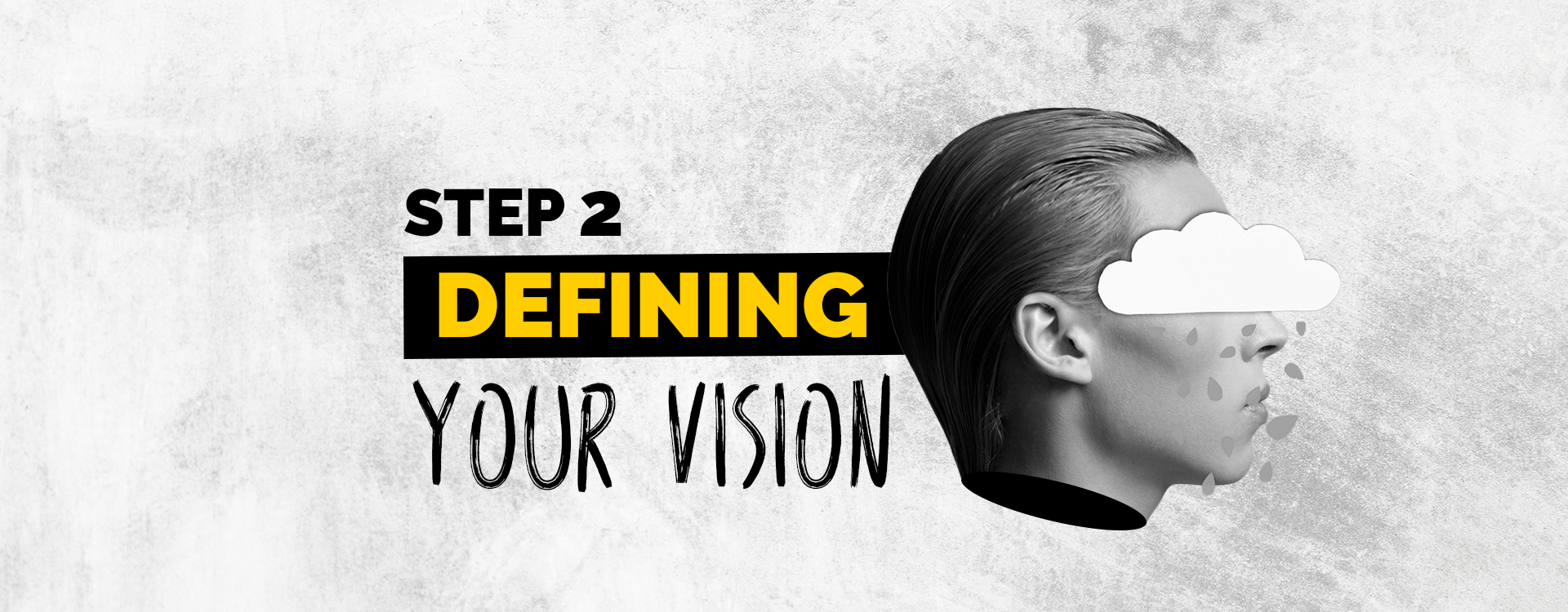
Armed with this clarity of vision, it’s now time to document what it means and what it can do. Note: Working closely with a design firm at this point will help you really hammer out your goals for the future, and help you create a business plan you can rely on. Describe your business goals, target market and the unique value you offer. What sets you apart? What service or product can you provide that nobody else can?
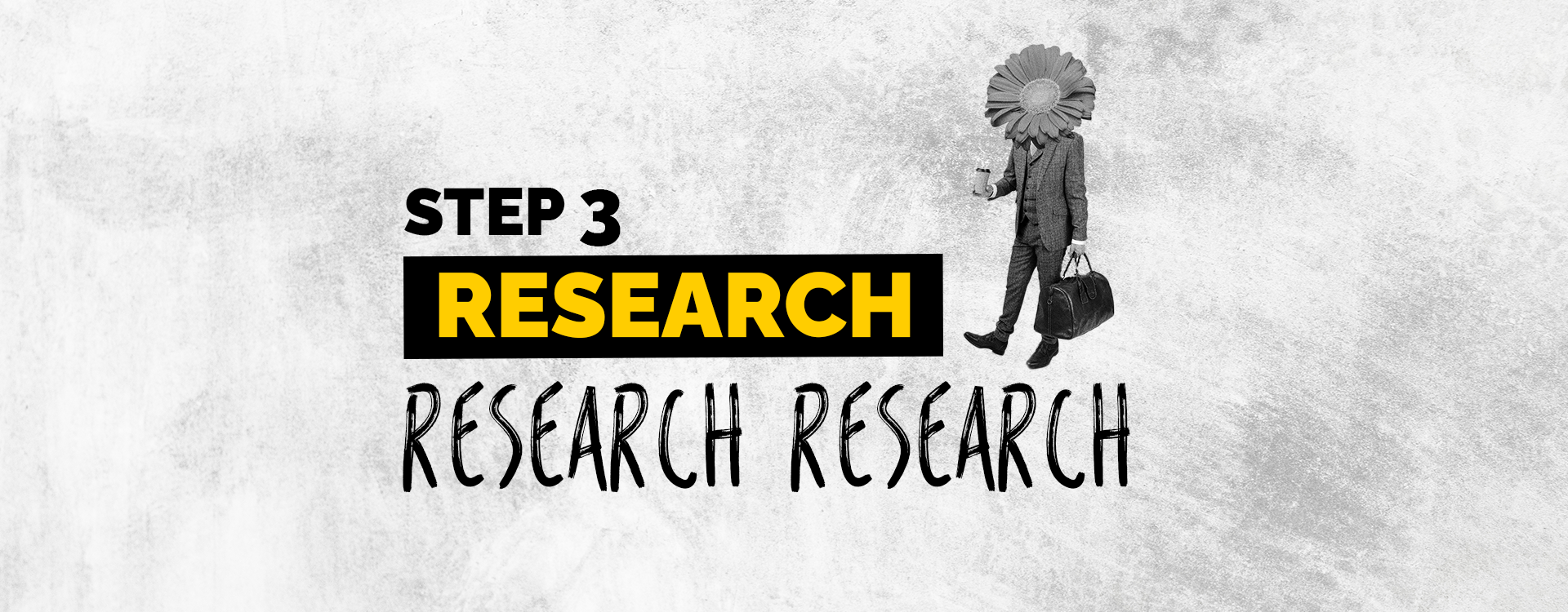
To fully understand your market, your potential clients and the correct first paths to take, it’s best to have a well-researched plan of action. A great marketing and design firm can be instrumental in assisting you with best understanding your target market, their needs and how to tailor your products to exceed their expectations. Through extensive research, you’ll also gain a deeper understanding of your competition, and then be able to leave an impression that sets you apart.
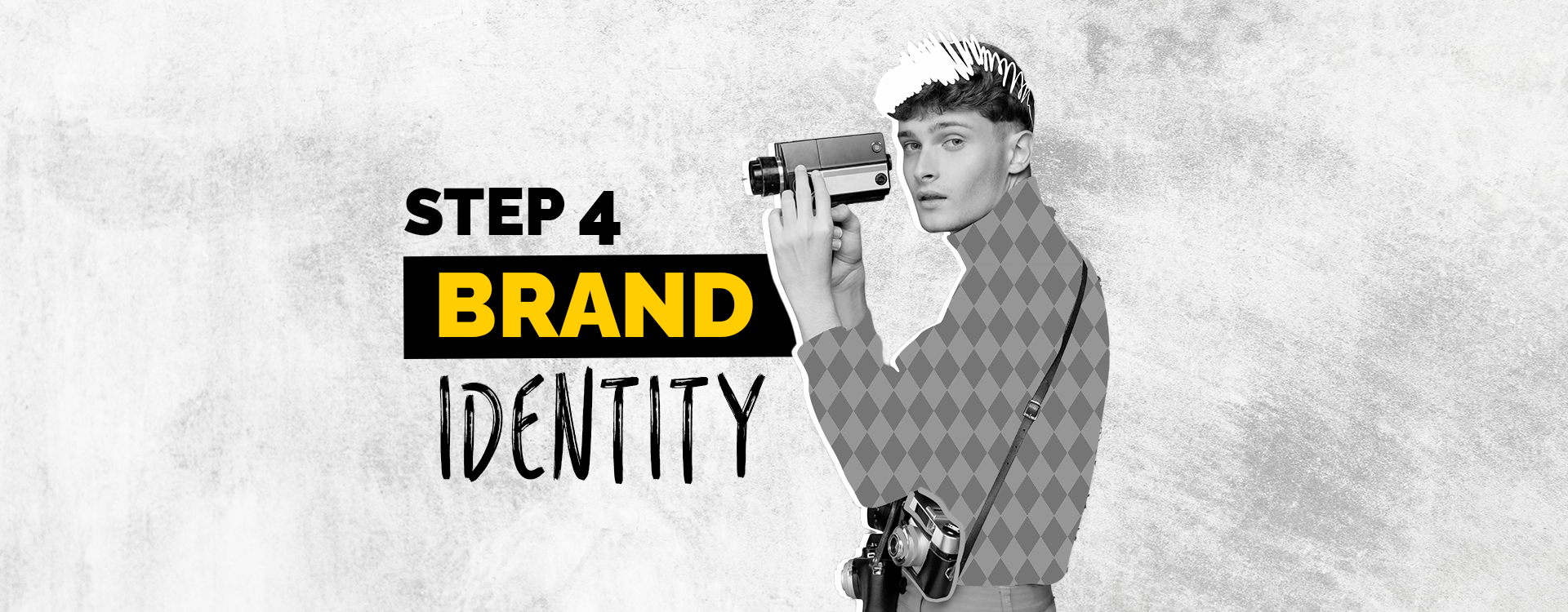
If it hasn’t felt real by this point, it will now! Creating your brand identity is where you’ll truly begin to define yourself visually. This stage is especially helpful if you’re setting up your business in a location with an already crowded market, like Dubai. The benefits of such a populous location and market are many, but so is the danger of getting lost in the shuffle if your brand isn’t instantly noticeable. Building a compelling, eye-catching brand identity is of utmost importance, and a great branding agency will make sure your business gets seen by the right people at the right time every time.
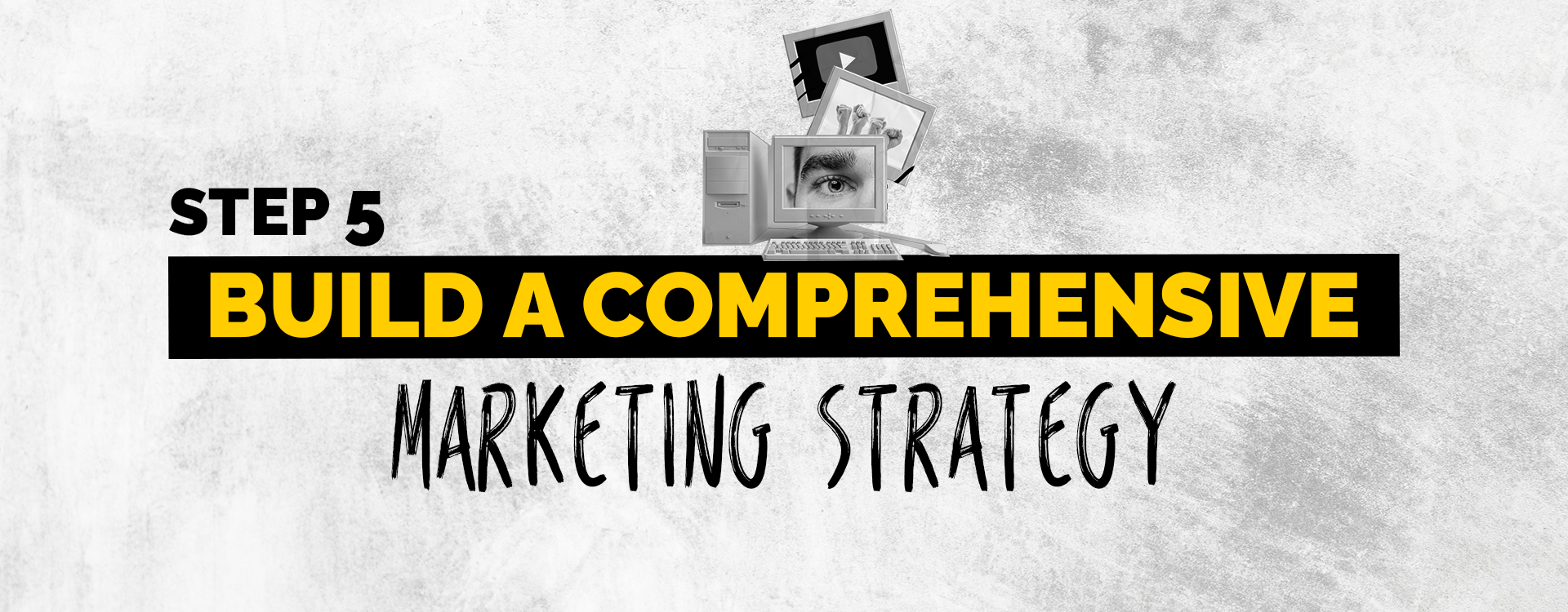
you want to get yourself out there quickly and effectively. Once your brand identity is clarified, you’ll want to clearly define your approach to marketing your brand. You’ll want to identify the best marketing tactics to hone in on your target audience and grab their attention. Social media marketing, content creation, email marketing, SEO optimization and advertising are all areas of focus at this point in your journey. Again, if this seems daunting, remember you’re not alone and there are knowledgeable people out there who want to help you succeed.
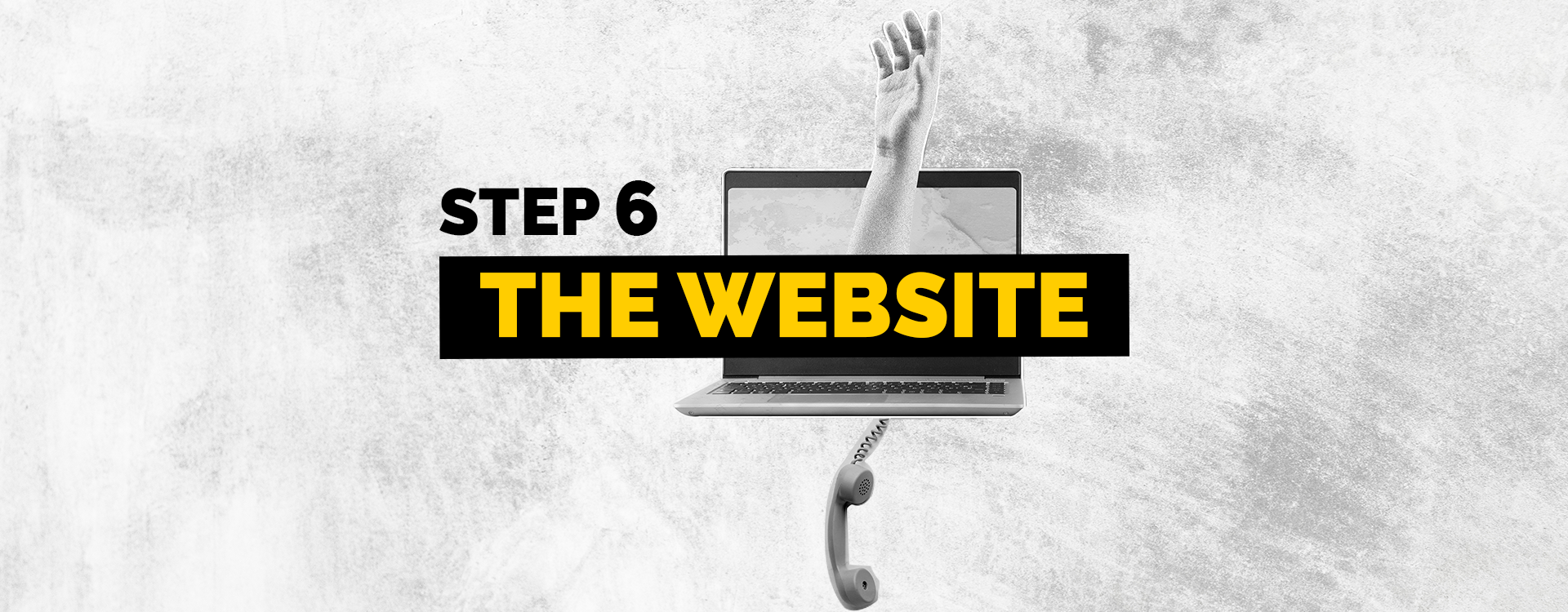
In a market moving as fast as yours, a professional website is absolutely essential. Luckily for you, a simple and streamlined website is preferred and even trendy, but remember that your website must also be easy to navigate and logically laid out. It must align with your brand identity while also quickly and effectively communicating your products and services. Ensure that your website is optimized for search engines, and accessible across platforms and devices.
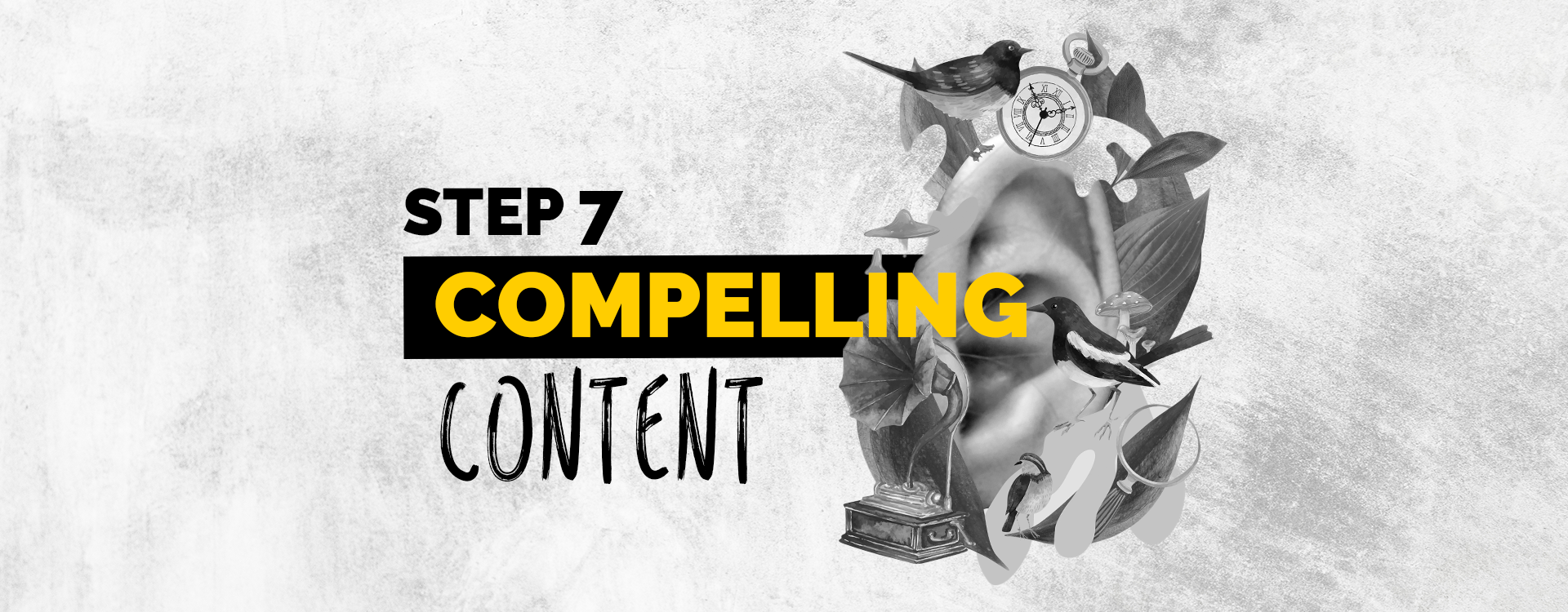
From social media posts pointed right at your target audience to blogs that are informative and entertaining, there are a lot of directions you can take your promotional content. Just make sure it’s consistently showcasing your area of expertise and speaking directly to your clients and potentials. Valuable content will help you become a trusted source in your field and build your reputation. While tools like AI programs can streamline your writing process, it is always best to have a content writer at the center of your operation to craft your personalized, human touch.
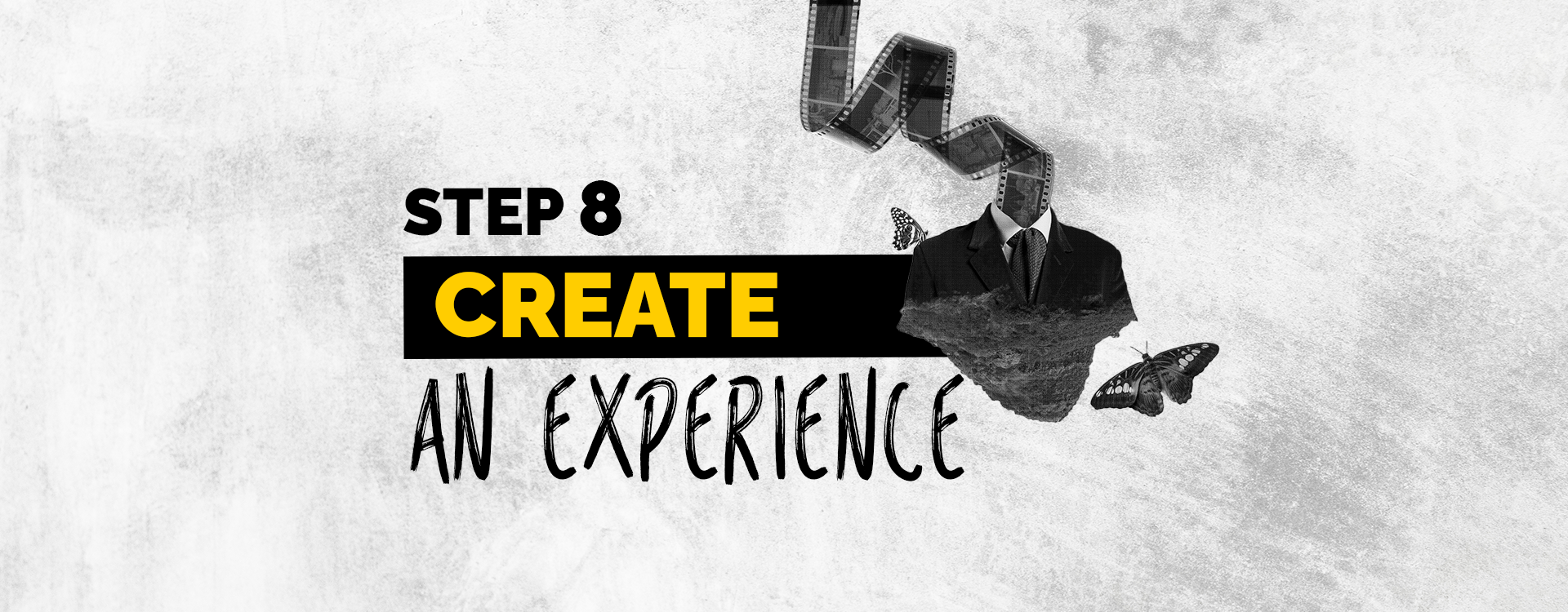
Finally, exceptional client experiences are half your business. They’re something your clients will want to tell their friends about and, in doing so, build your reputation and bring in more business. You may offer a great product or service, but if your attention to client satisfaction is lacking, unfortunately, potential customers just won’t want it. At the end of the day, you want all of your customers to walk away happy and come back for more. You’re not just building a business, you’re building an experience!
Ultimately, passion is the seed that grows into a thriving business, but it must be tended to, watered, fertilized and nurtured. On this journey, if you’re open to change, and have your eyes on long-term goals, there’s no telling how far you’ll go.
But it’ll require a lot of research, knowledge and determination. Starting a business is not for the faint of heart. But, if you’re ready to take the plunge and watch your passions grow into a successful operation, if you’ve been sitting on a dream and wondering if it’ll ever come true, think of this as your push to see what you’re capable of.
We can’t wait to see what you’ve got!
